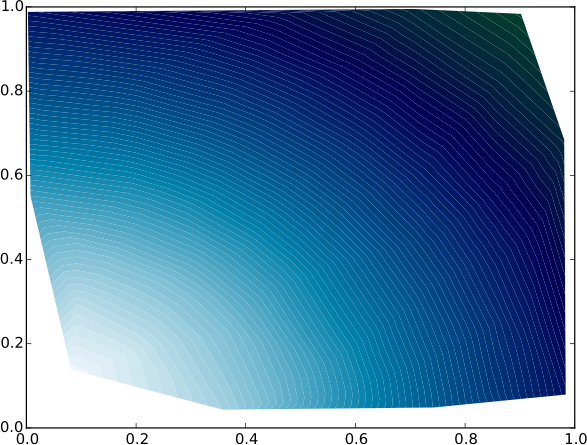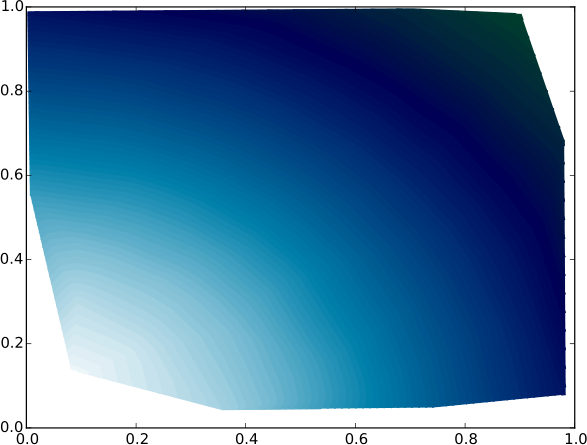I have a pet project to create images of maps, where I draw the roads and other stuff over a contour plot of the terrain elevation. It is intended to plan mountain bike routes (I have made some vectorial drawings by hand, in the past, and they work great for visualization).
Currently, I download Digital Elevation Model, in GeoTIFF, from here: http://www.ecologia.ufrgs.br/labgeo/arquivos/downloads/dados/SRTM/geotiff/rs.rar
and then create the plot with GDAL and Matplotlib contourf function:
from osgeo import gdal
import matplotlib
import matplotlib.pyplot as plt
from pylab import cm
import numpy
f = 'rs.tif'
elev = gdal.Open(f)
a = elev.GetRasterBand(1).ReadAsArray()
w = elev.RasterXSize
h = elev.RasterYSize
print w, h
altura = (0.35, 0.42)
largura = (0.70, 0.82)
a = a[int(h*altura[0]):int(h*altura[1]),
int(w*largura[0]):int(w*largura[1])]
cont = plt.contourf(a, origin='upper', cmap=cm.gist_earth, levels=numpy.arange(0,1000,20))
plt.title('Altitudes - max: %d m; min: %d m' % (numpy.amax(a), numpy.amin(a)))
plt.show()
Which gives:

The problem is that contour lines are "white", and generate some visual pollution, which is undesired since I want to plot roads and rivers later.
So, I am trying to modify the way contourf create these lighter lines, either via parameter setting, or via hack (changing source code), similar to the one proposed here:
How to format contour lines from Matplotlib
Also, if anyone knows how to generate such a map in a more elegant way, using other libraries, I would appreciate the tip very much!
Thanks for reading.





